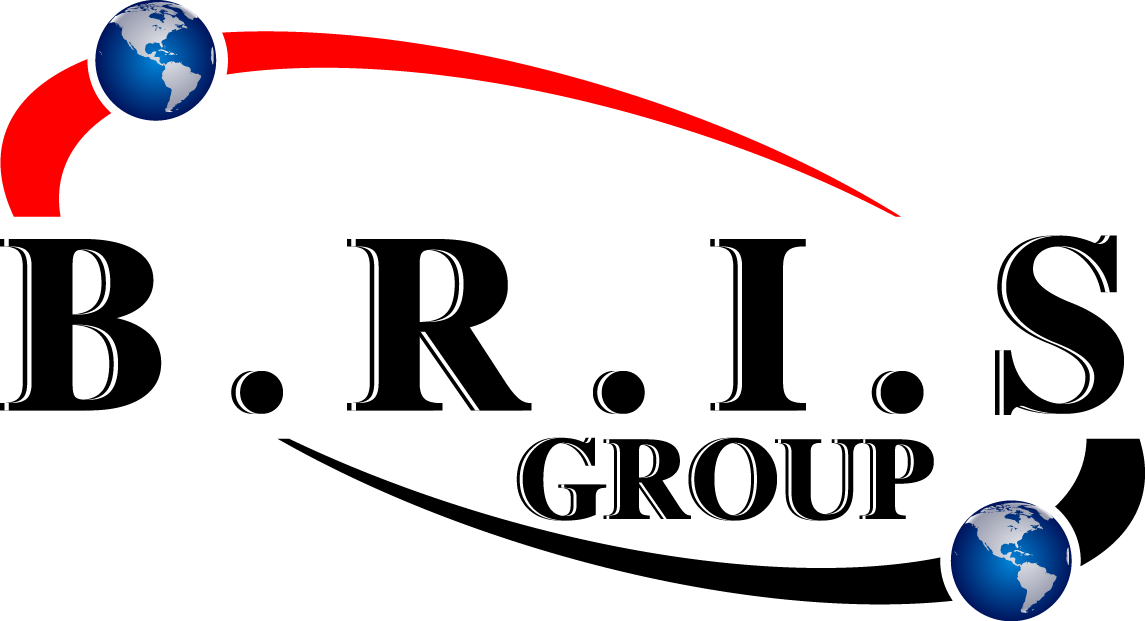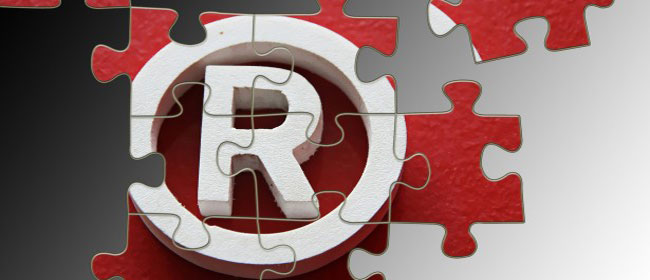Protecting Your Ideas: Understanding Intellectual Property in Denmark
Denmark, a nation known for its innovation and design, places a high value on protecting intellectual property. Whether you’re a budding entrepreneur, a seasoned business owner, or a creative artist, understanding Intellectual Property in Denmark is crucial for safeguarding your valuable assets and ensuring your competitive edge.
What is Intellectual Property (IP)?
Intellectual Property refers to creations of the mind, such as inventions, literary and artistic works, designs, and symbols, names, and images used in commerce. In Denmark, as in most of the world, IP rights are legally protected, allowing creators to earn recognition or financial benefit from what they invent or create.
Key Types of Intellectual Property in Denmark:
- Patents: Protect new inventions, allowing the patent holder exclusive rights to use, sell, and manufacture the invention for a limited period (typically 20 years). If you’ve developed a groundbreaking technology, securing a patent is a vital step in Intellectual Property in Denmark.
- Trademarks: Protect brand names, logos, and other symbols that distinguish your goods or services from those of your competitors. Registering a trademark is essential for building brand recognition and preventing others from using similar marks. Think of iconic Danish brands – their trademarks are carefully protected under Intellectual Property in Denmark laws.
- Copyright: Protects original works of authorship, including literary, dramatic, musical, and certain other intellectual works. This includes software, books, music, and artistic creations. Copyright protection is automatic upon creation, but registration can provide additional legal benefits. Understanding copyright is key to navigating Intellectual Property in Denmark for creative professionals.
- Design Rights: Protect the visual appearance of a product. This can include the shape, configuration, surface ornamentation, or a combination of these elements. Denmark is renowned for its design, and design rights are a critical tool for protecting innovative designs within the framework of Intellectual Property in Denmark.
- Trade Secrets: Confidential information that gives a business a competitive edge. While not formally registered, trade secrets are protected by law against unfair acquisition or disclosure. Maintaining the confidentiality of your valuable business information is a key aspect of Intellectual Property in Denmark.
Why is Protecting Intellectual Property in Denmark Important?
- Competitive Advantage: IP rights give you exclusive rights, allowing you to stand out from the competition.
- Revenue Generation: You can license or sell your IP rights to generate revenue.
- Attracting Investment: Strong IP protection makes your business more attractive to investors.
- Preventing Infringement: IP rights allow you to take legal action against those who infringe on your rights.
How to Protect Your Intellectual Property in Denmark:
1. Identify Your IP: Determine what aspects of your business or creations are protectable.
2. Conduct a Search: Before applying for a patent or trademark, conduct a thorough search to ensure that your idea is novel and not already protected.
3. Apply for Protection: File applications for patents, trademarks, or design rights with the appropriate authorities (e.g., the Danish Patent and Trademark Office).
4. Enforce Your Rights: Monitor the market for infringements and take legal action when necessary.
5. Seek Professional Advice: Consult with an Intellectual Property in Denmark lawyer or consultant to ensure you have a comprehensive IP strategy.
Navigating Intellectual Property in Denmark can seem complex, but it’s a vital investment in your future success. By understanding the different types of IP rights and taking proactive steps to protect your creations, you can safeguard your business, foster innovation, and thrive in the Danish market. Don’t underestimate the power of
********
If you wish to register a company in Denmark our team will be happy to help you there and provide you with more detailed information, you can contact us at [email protected]

Intellectual Property in Denmark
Related pages:
Establishing Business in Denmark
Property and Environment in Denmark


